St Michael’s Mount, Cornwall: The monastery that became a castle that became a home
Few spots on the coast of Britain are as romantic and storied as St Michael's Mount in Cornwall.
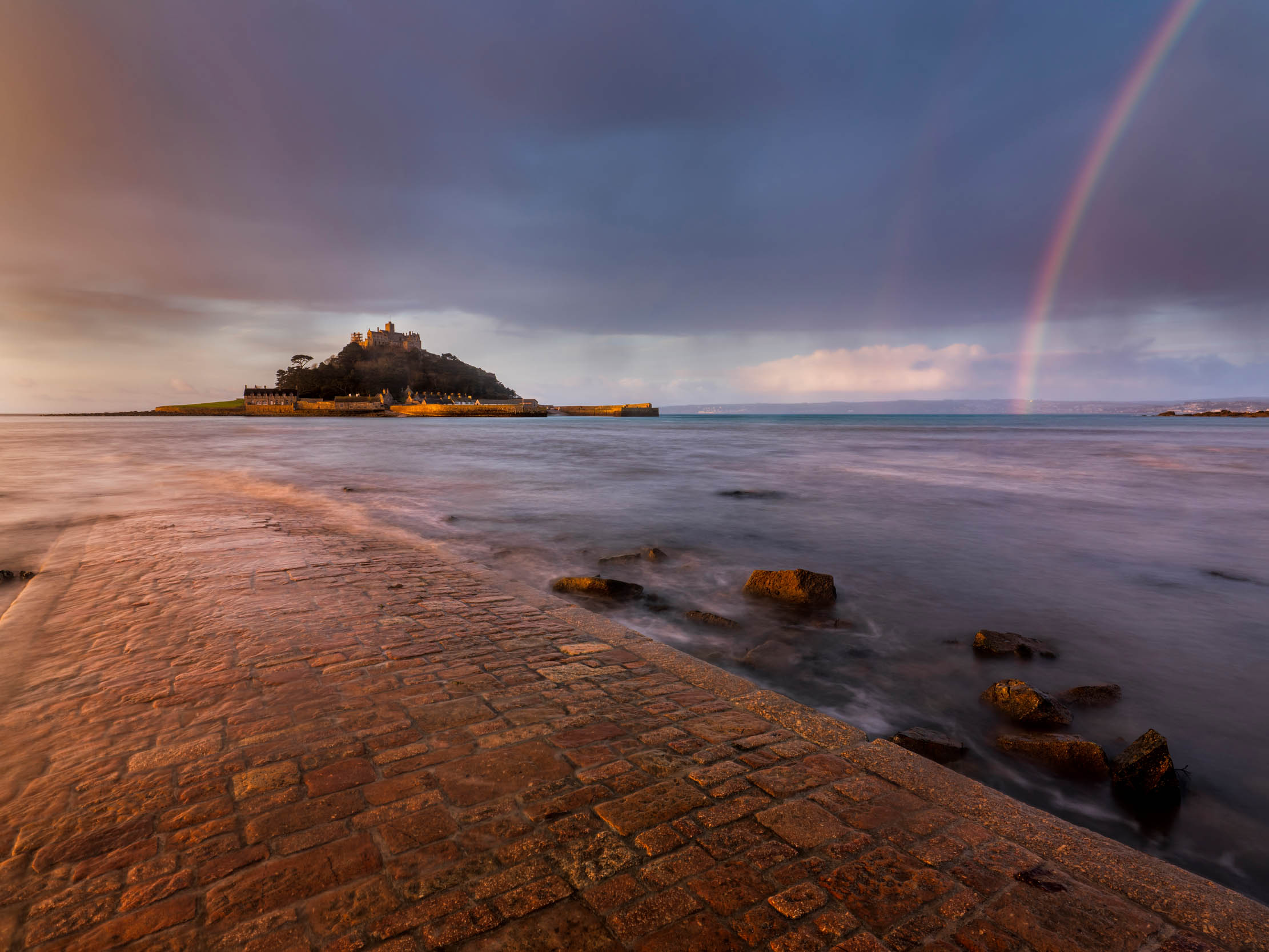
A castle clings to the top of a granite rock just off the coast of Cornwall: obviously, a good defensive position and the sort of place that would appeal to holy men. A church was first built here in 495AD, and a monastery followed a few hundred years later, both dedicated to St Michael the Archangel, the patron saint of fishermen. It is England’s answer to Mont Saint Michel, just off the Normandy coast of France; it has also been suggested that it was the island of Ictis mentioned by the Greek traveller Posidonius in the 1st century BC.
More prosaically, the Mount, as locals call it, seems to have entered history for straightforwardly commercial reasons, before either Christianity or castles reached Britain: it was a pre-historic trading centre to which skilfully worked tin was brought from Cornish mines to be sold to foreign merchants.
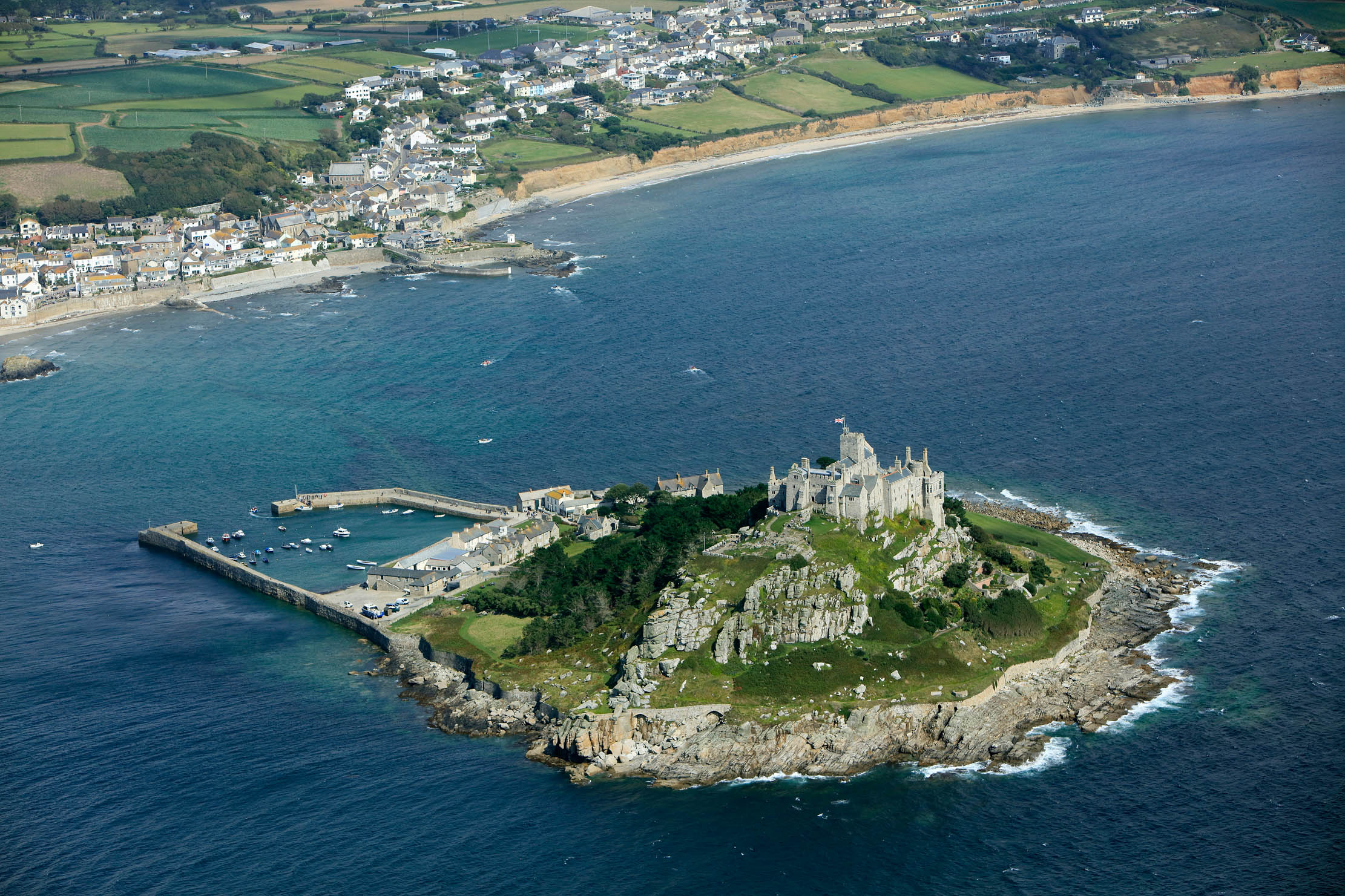
In the 19th century, Sir John St Aubyn — whose family had owned the island for two centuries — turned a Gothic summer house into a dwelling fit for a Wagnerian hero, amplifying the natural romance of the castle’s situation.
The family gave most of the island to the National Trust last century, but have a 999-year lease to live in the castle and run the visitor business: as well as the castle, there is a harbour, gardens, shops and cafés.
The latest incumbents are James and Mary St Aubyn, aka Lord and Lady St Levan, who live on the island with their children. That 999-year lease must have sounded all-but-endless when it was signed in 1954; yet the 1,500-year history of this island suggests that St Michael's Mount will see us all out.
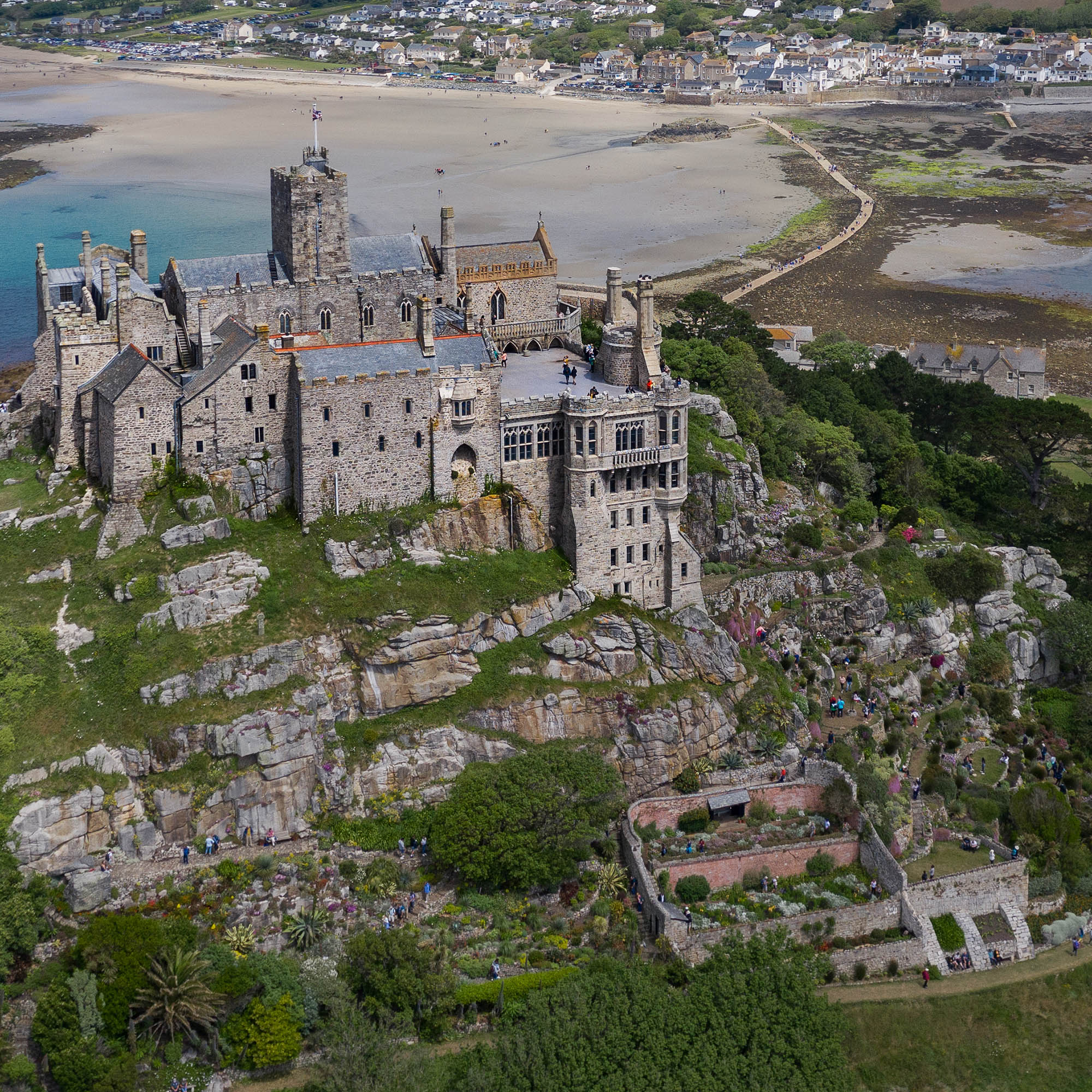
How to visit St Michael's Mount
The mount is a tidal island — in other words, accessible via land at low tide — just off the coast at Marazion, on the south coast of Cornwall, a ten-minute drive east from Penzance. If you're driving from there, Marazion and St Michael's Mount have a long-stay car park at Folly Field, just as you enter the town. You can also catch a bus or walk the coast path from Penzance.
Once on the beach in Marazion, it's a 15-minute walk across the causeway — but you'll have to time it with the tides. The website at www.stmichaelsmount.co.uk/getting-here has opening-and-closing times listed for the causeway. From April to October there are also boats across.
Sign up for the Country Life Newsletter
Exquisite houses, the beauty of Nature, and how to get the most from your life, straight to your inbox.
There is no charge to visit St Michael's Mount during the off-season, though you'll need to pay to visit the castle (National Trust members are free). You will have to pay to visit the island from May to September, however: a charge was introduced during Covid to ease visitor numbers, and it's been retained. There have been some changes to the charges (particularly for Cornwall residents) so it's worth checking the latest on the website before you travel.
Additional writing by Clive Aslet
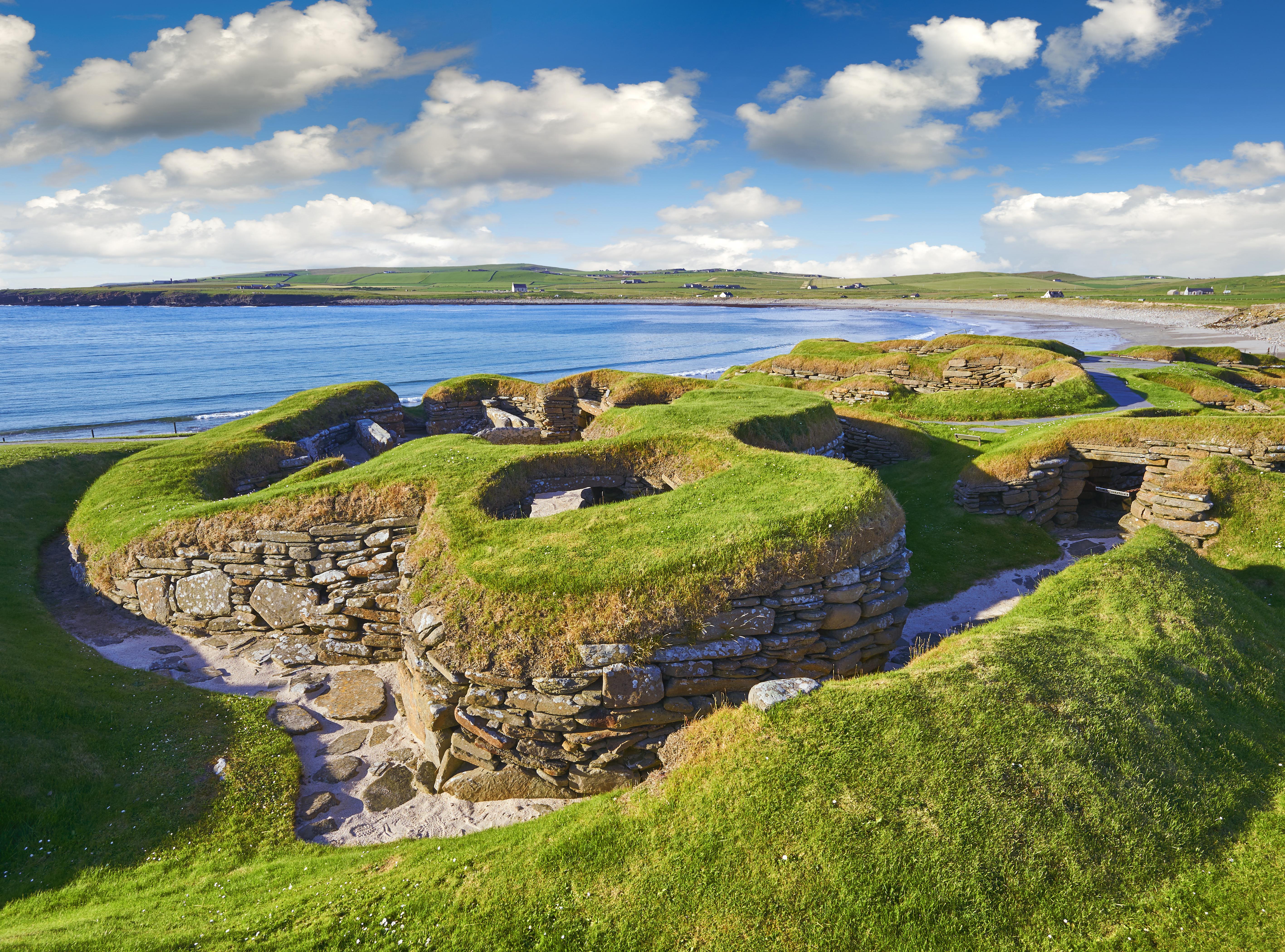
Skara Brae: The prehistoric village on Orkney that's older than Great Pyramid of Giza
The best-preserved Neolithic settlement in Europe isn't in a French cave or an Italian hillside; it's Skara Brae on Orkney,
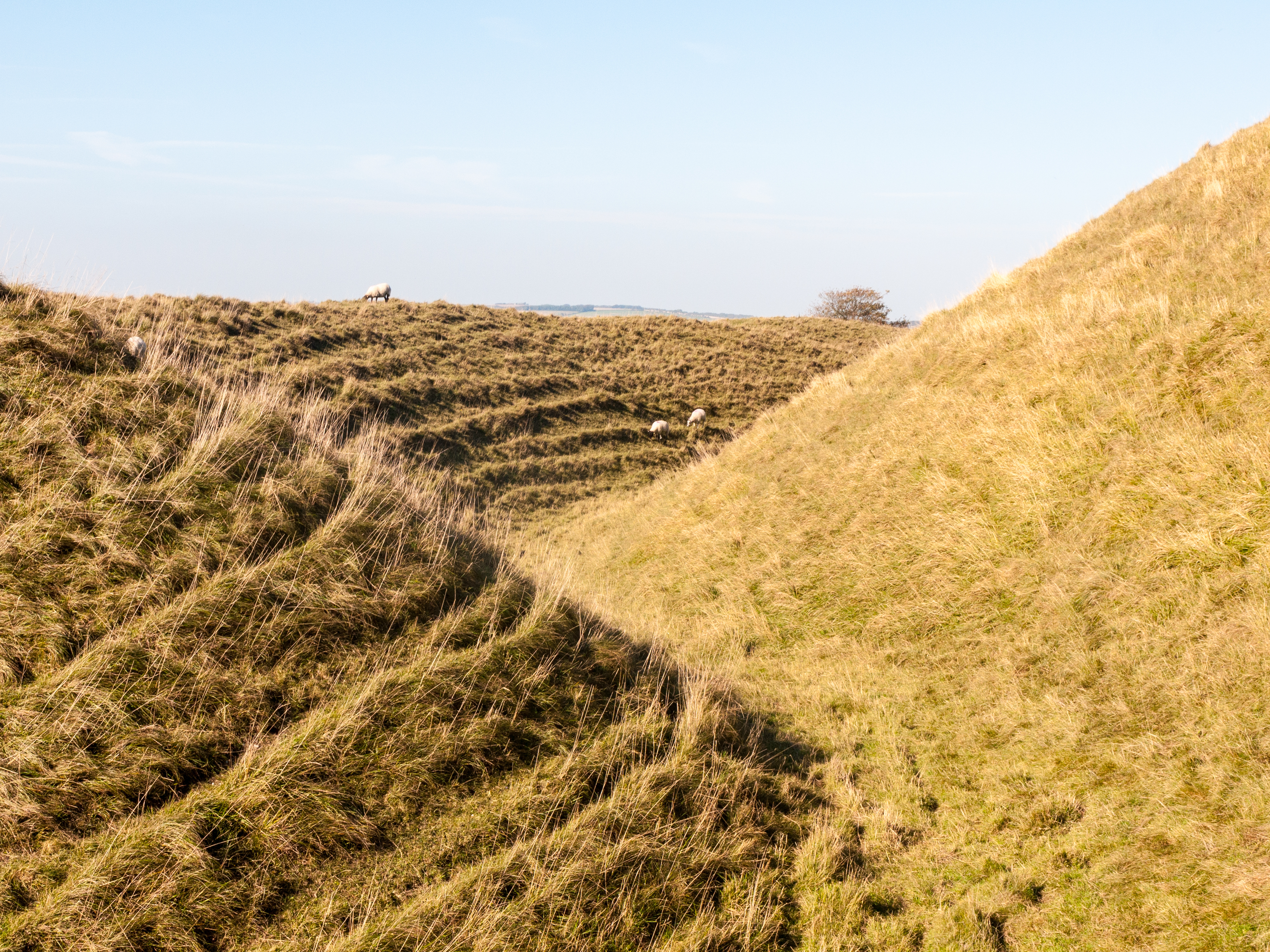
Maiden Castle, Dorset: An ancient hill fort the size of 50 football pitches
The mysterious and ancient Maiden Castle occupies a vast site in Dorset. Clive Aslet takes a look.
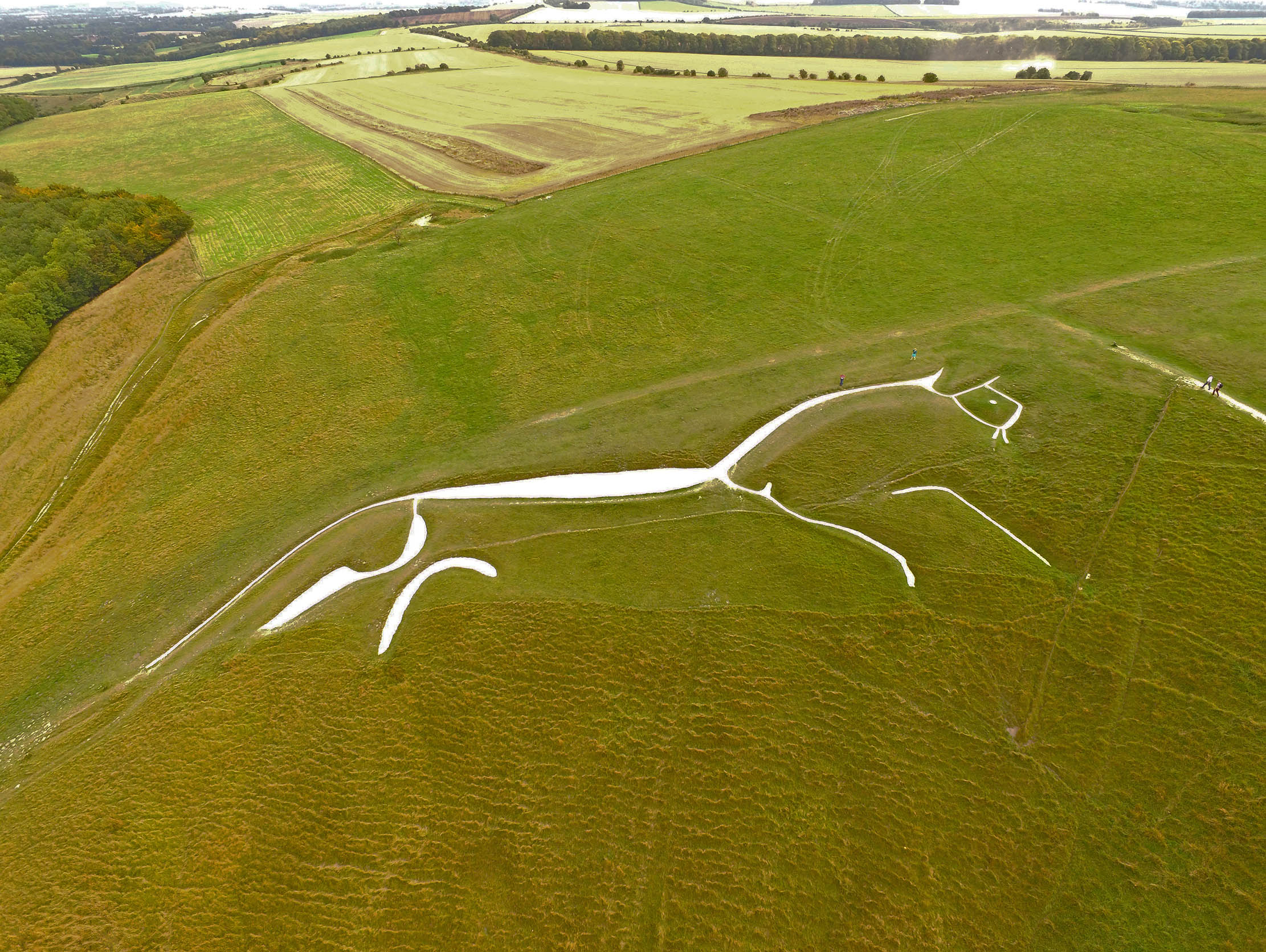
The Uffington White Horse, Oxfordshire
Thousands of years ago, ancient Britons created a vast and spectacular stylised portrayal of a horse in the hills of
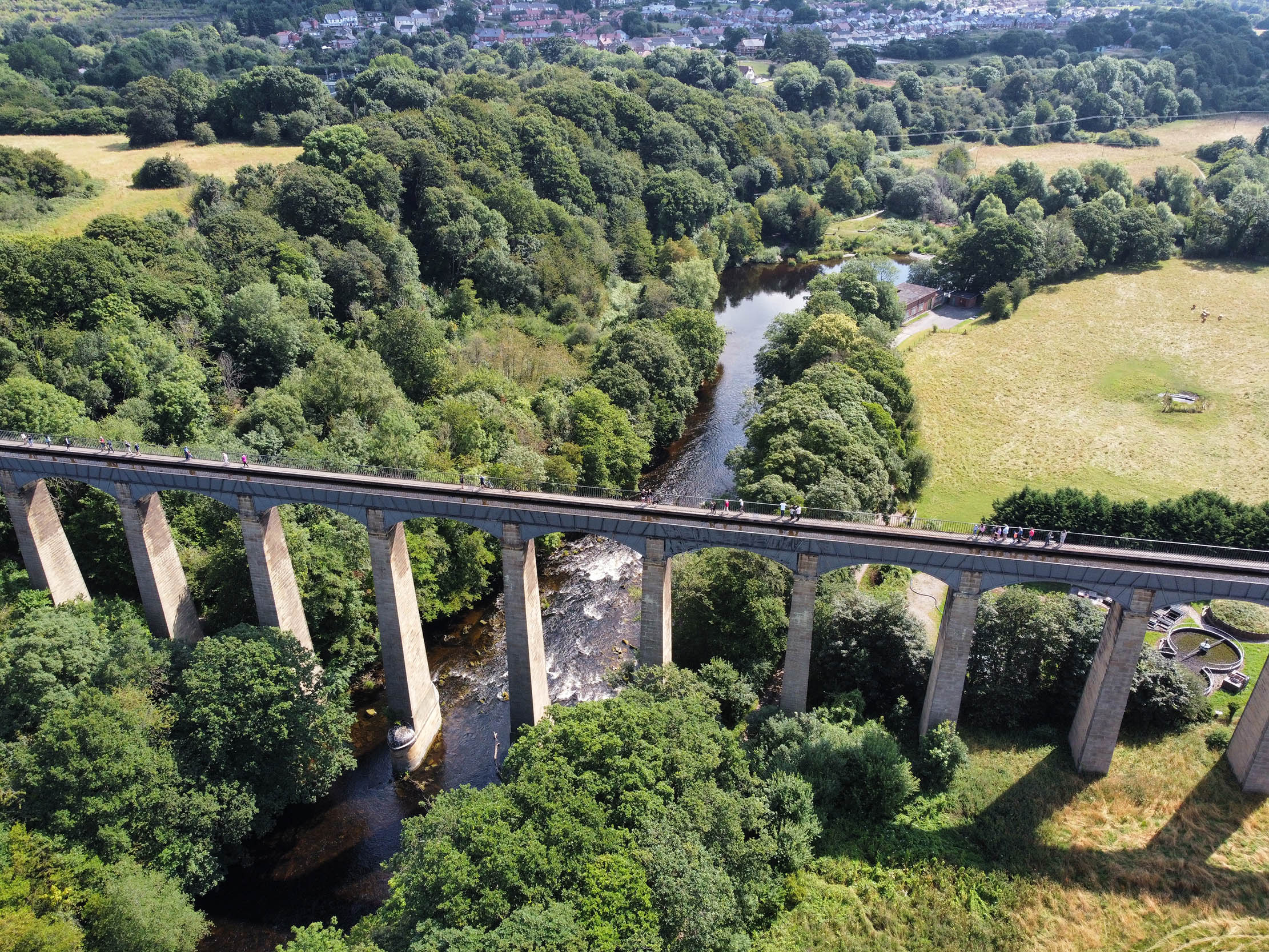
The Pontcysyllte Aqueduct: Thomas Telford's 'ribbon of water in the sky'
The magnificent Pontcysyllte Aqueduct is one of the great testaments to Industrial Revolution ingenuity — and as beautiful as it is
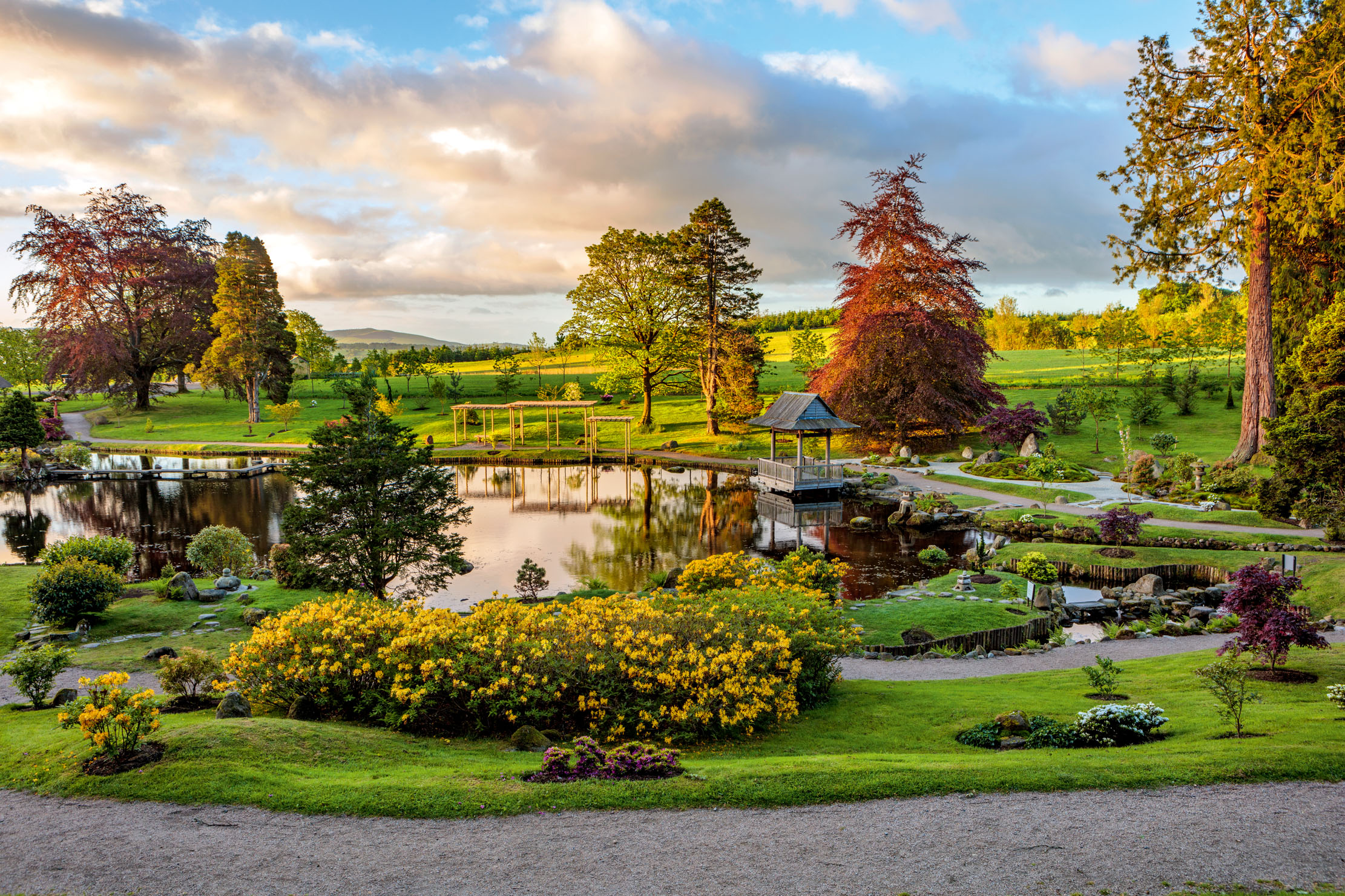
The Japanese Garden at Cowden: An iconic Oriental garden in the heart of Clackmannanshire
Described in 1925 as the most important Japanese garden in the West, the Japanese Garden at Cowden in Clackmannanshire —
Toby Keel is Country Life's Digital Director, and has been running the website and social media channels since 2016. A former sports journalist, he writes about property, cars, lifestyle, travel, nature.
-
 Jungle temples, pet snakes and the most expensive car in the world: Country Life Quiz of the Day, April 14, 2025
Jungle temples, pet snakes and the most expensive car in the world: Country Life Quiz of the Day, April 14, 2025Mondays's quiz tests your knowledge on English kings, astronomy and fashion.
By James Fisher Published
-
 Welcome to the modern party barn, where disco balls are 'non-negotiable'
Welcome to the modern party barn, where disco balls are 'non-negotiable'A party barn is the ultimate good-time utopia, devoid of the toil of a home gym or the practicalities of a home office. Modern efforts are a world away from the draughty, hay-bales-and-a-hi-fi set-up of yesteryear.
By Annabel Dixon Published
-
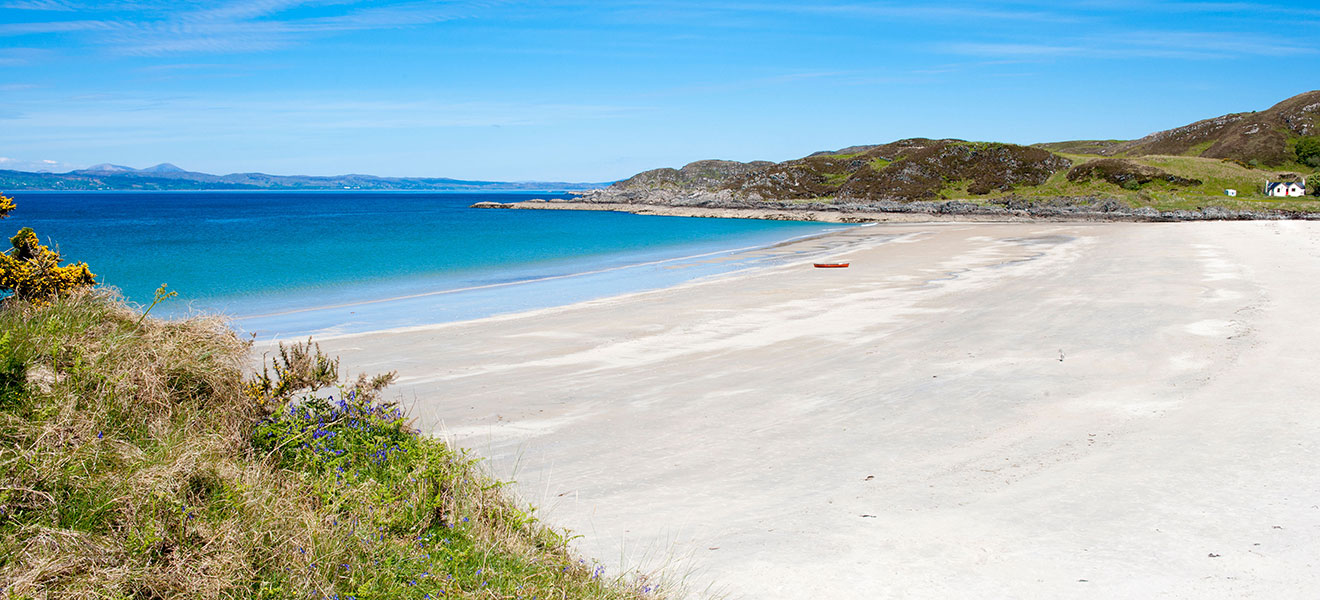 10 of Scotland’s most magical white sand beaches
10 of Scotland’s most magical white sand beachesWhat better day to celebrate some of Scotland's most stunning locations than St Andrew's Day? Here's our pick of 10 of the finest white sand beaches in the country.
By Country Life Published
-
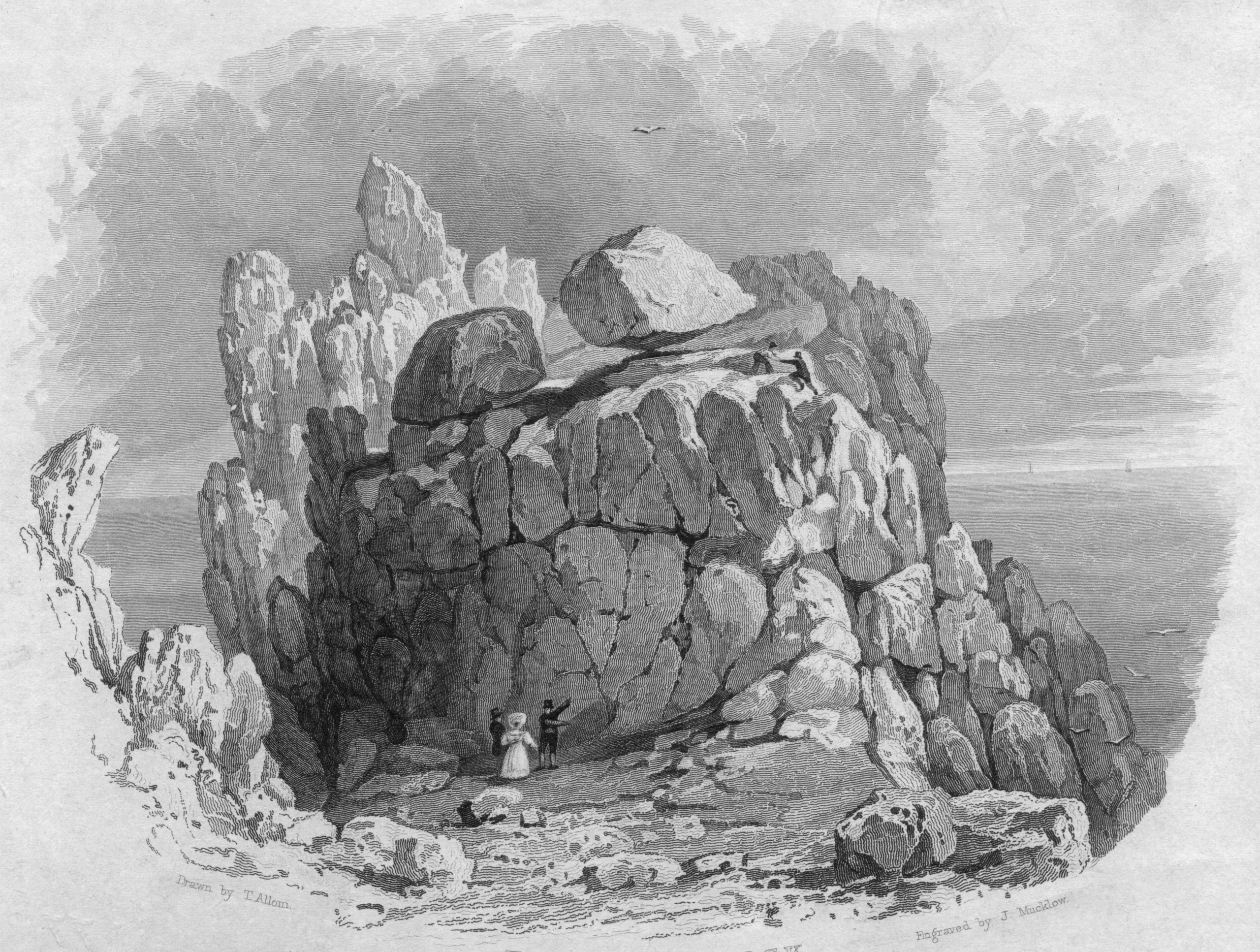 Curious Questions: Who dislodged Britain's most famous balancing rock?
Curious Questions: Who dislodged Britain's most famous balancing rock?A recent trip to Cornwall inspires Martin Fone to tell the rather sad story of the ruin and restoration of one of Cornwall's great 19th century tourist attractions: Logan Rock at Treen, near Land's End.
By Martin Fone Published
-
 Henley Festival: 13 things you'll see at the 'posh Glastonbury'
Henley Festival: 13 things you'll see at the 'posh Glastonbury'Revellers in ball gowns and dinner jackets, turning up on board £200,000 boats to dance and party while knocking back magnums of vintage champagne? It can only be the extraordinary Henley Festival, the high-end musical extravaganza that's a sort of Glastonbury-on-Thames for the (very) well heeled. We sent Emma Earnshaw along to see what it was like.
By Emma Earnshaw Published
-
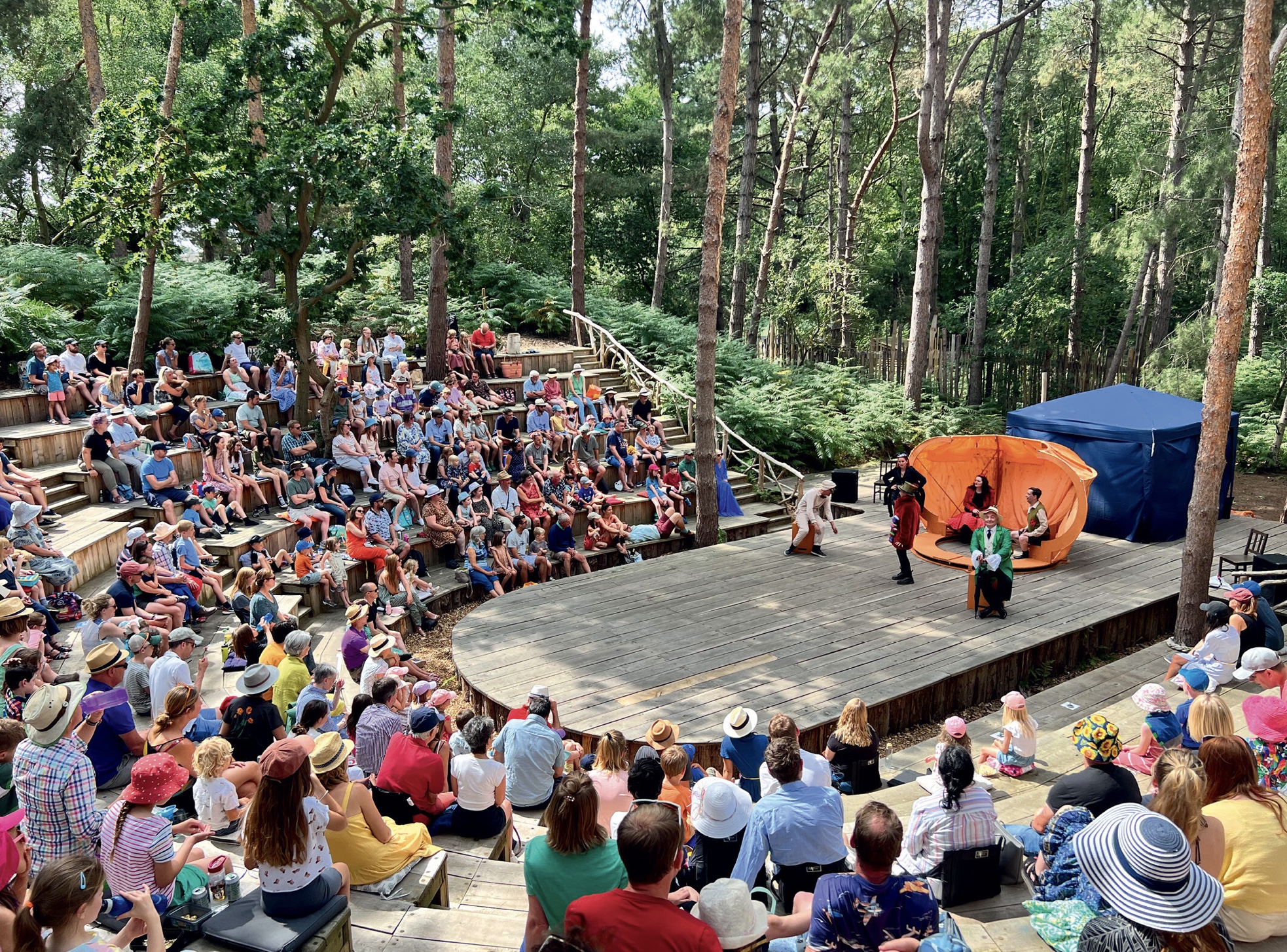 The best open air theatres in Britain
The best open air theatres in BritainAmid the sweet chestnuts, walnuts and cobnuts of a Suffolk farm, a natural amphitheatre has been transformed into a glorious sylvan venue for touring companies to tread Nature’s boards. Jo Cairdv pays a visit to the mesmerising Thorington Theatre, and picks out three more of the finest outdoor performance venues in Britain.
By Toby Keel Published
-
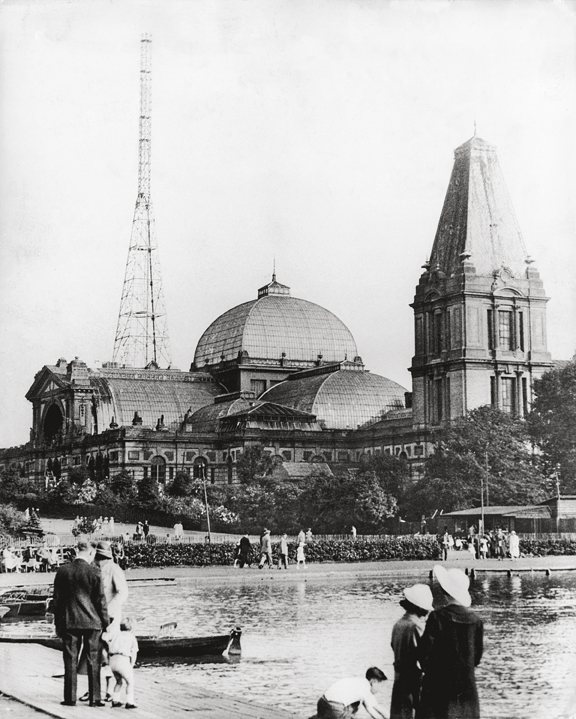 Alexandra Palace: How it's survived fires, bankruptcy and even gang warfare in 150 years as London's 'palace of the people'
Alexandra Palace: How it's survived fires, bankruptcy and even gang warfare in 150 years as London's 'palace of the people'Alexandra Palace has suffered every imaginable disaster, yet remains enduringly popular even a century and a half after its official grand opening. Martin Fone takes a look at the history of one of Britain's great public buildings.
By Martin Fone Published
-
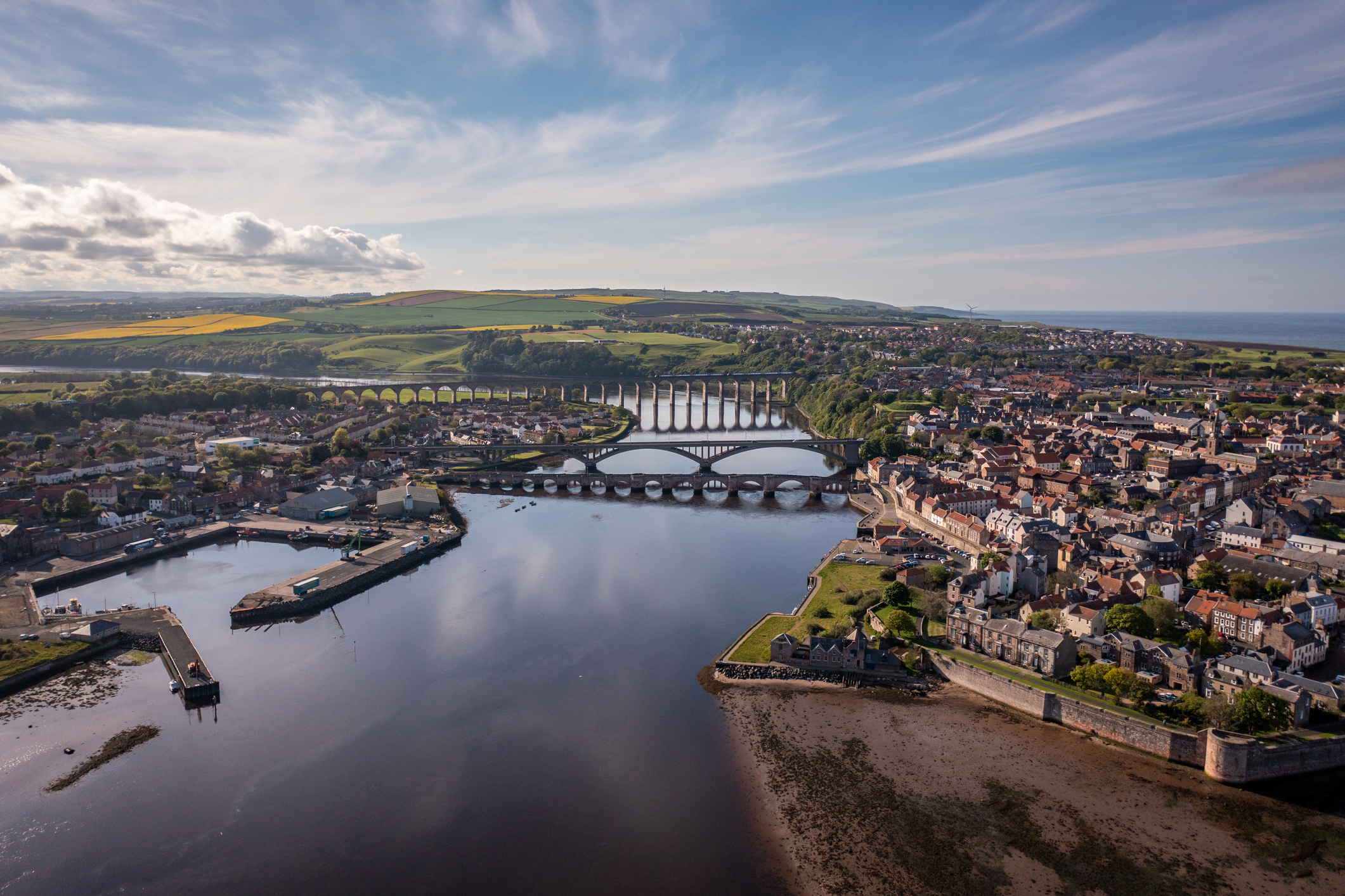 Berwick-upon-Tweed, Northumberland: The spectacular border town with a castle that changed hands 13 times
Berwick-upon-Tweed, Northumberland: The spectacular border town with a castle that changed hands 13 timesBerwick-upon-Tweed spent centuries as a pawn in Anglo-Scottish conflict; today, it's a charming border town with spectacular sights. Clive Aslet takes a look.
By Clive Aslet Published
-
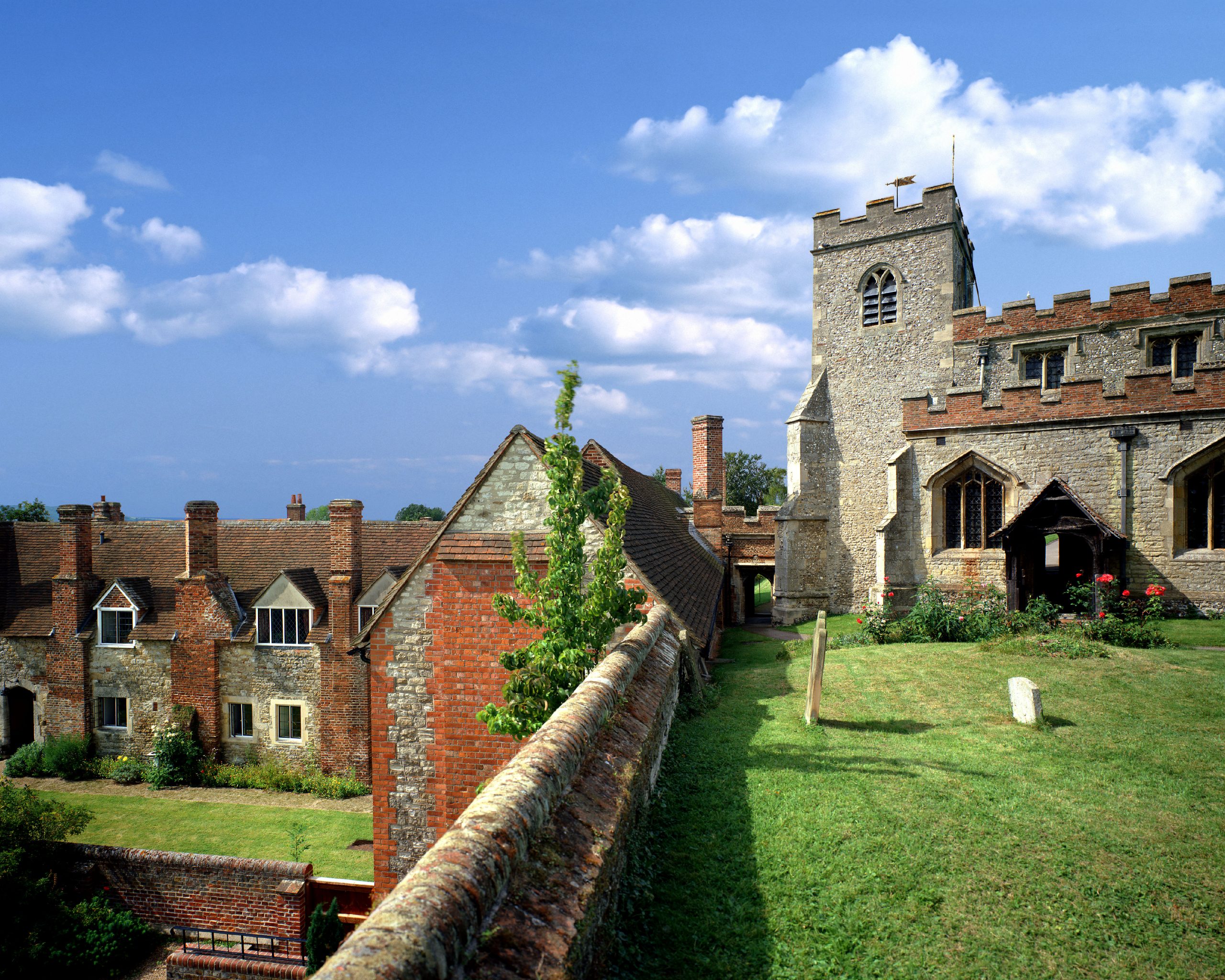 Ewelme, Oxfordshire: The medieval almshouses set up by Chaucer's grand-daughter and still running today
Ewelme, Oxfordshire: The medieval almshouses set up by Chaucer's grand-daughter and still running todayCountry Life's 21st century Grand Tour of Britain stops off at the remarkable church and almshouses at Ewelme, Oxfordshire.
By Toby Keel Published
-
 The Flying Scotsman: How the first 100mph locomotive became the most famous train in the world
The Flying Scotsman: How the first 100mph locomotive became the most famous train in the worldThe first train to officially hit 100mph may not even have been the first, and didn't hold the rail speed record for long; yet a century later its legend is undimmed. Jack Watkins celebrates the Flying Scotsman.
By Jack Watkins Published
